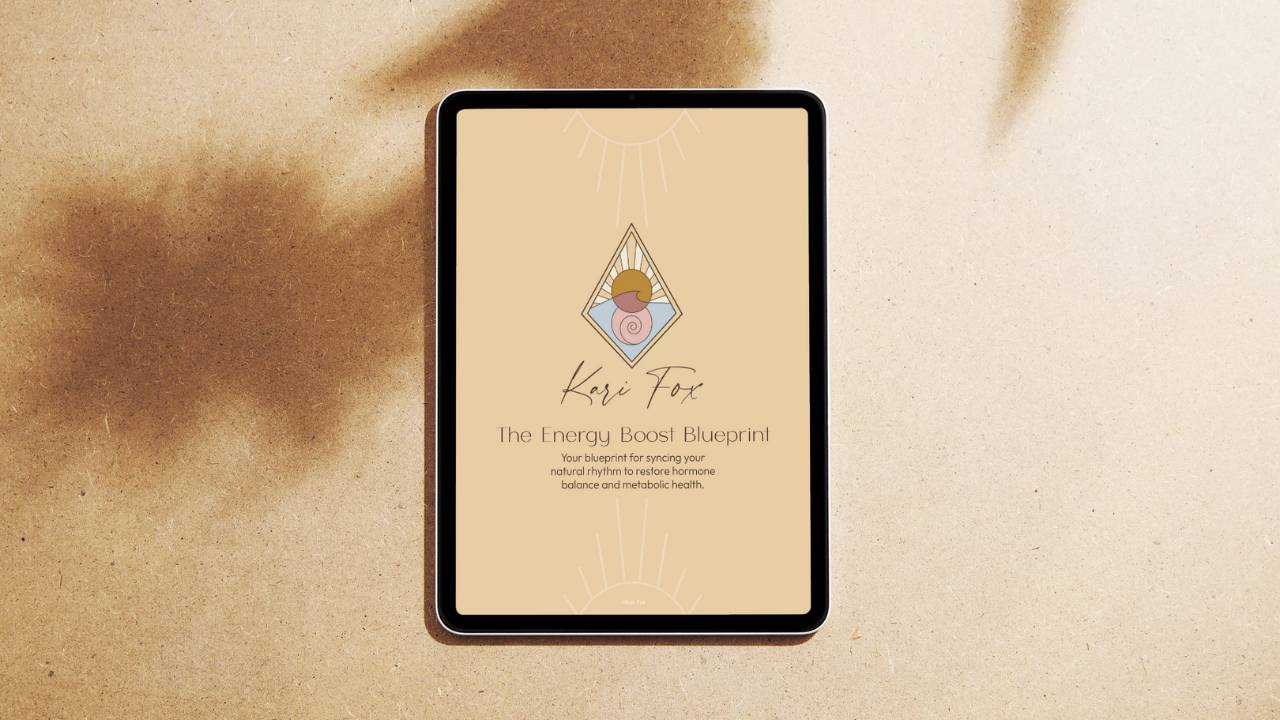The Dangers of Artificial Light at Night and Blue Light Toxicity
Feb 04, 2025
In our increasingly digital world, artificial light has become a constant presence in our lives. From the flicker of our phone screens to the glow of streetlights, we are surrounded by what I like to call “junk light”. We have junk food, and we have junk light, and both of these have negative effects on our health. While artificial lighting and screens have transformed the way we live and work, it also brings with it a host of concerns regarding our health and well-being. One of the most critical concerns is the impact of blue light emitted by digital devices and artificial lighting.
The Science Behind Artificial Light, Natural Light and Our Bodies
Humans have evolved in sync with the natural light-dark cycle of the sun. Our bodies rely on the ever changing blue light frequencies in natural light to know the time of day and what physiological tasks are to be performed at any given time. The blue in natural light, however, is balanced with the healing frequencies of the red and other frequencies of the full spectrum of sunlight. This relationship is rooted in evolutionary history and the changing frequencies of blue light from natural sunlight throughout the day are integral to our physiological functioning.
Artificial light, especially artificial blue light, interferes with this delicate balance. Isolated blue light has a short wavelength, which makes it more potent in suppressing melatonin production than other light wavelengths. Studies have shown that exposure to isolated blue light at night can disrupt circadian rhythms, leading to a range of health issues, including insomnia, anxiety, and even obesity.
The presence of morning UVA light triggers the release of serotonin, a hormone that helps regulate mood, energy levels, and cognitive function. Conversely, as night falls, this serotonin converts to melatonin, the hormone that helps us sleep.
The Risks of Blue Light Exposure
1. Sleep Disruption: Exposure to artificial light in the evening, particularly blue light from screens, can trick our brains into thinking it’s still daytime. This diminishes melatonin production, making it challenging to fall asleep and stay asleep.
- Mental Health Issues: Poor sleep quality caused by blue light exposure is linked to various mental health conditions, including depression and anxiety. Studies suggest that insufficient sleep can exacerbate these issues, creating a vicious cycle that’s hard to break.
- Eye Strain and Damage: Prolonged exposure to blue light can contribute to digital eye strain, characterized by symptoms such as dryness, irritation, and blurred vision. Some studies also suggest that long-term exposure may increase the risk of retinal damage and contribute to age-related macular degeneration.
- Metabolic Effects: Blue light exposure at night has been linked to metabolic disturbances, including an increased likelihood of weight gain and obesity. A disrupted circadian rhythm can interfere with appetite-regulating hormones, leading to cravings for unhealthy foods.
- Increased Risk of Chronic Conditions: Disruption of circadian rhythms and sleep patterns has been associated with an increased risk of chronic conditions, including cardiovascular disease, diabetes, and certain cancers.
Mitigating the Dangers of Artificial Light and Blue Light
While the dangers of artificial light and blue light toxicity are concerning, there are effective strategies to mitigate their effects:
Embrace Natural Light: Spend time outdoors during daylight hours to synchronize your circadian rhythm with the natural light cycle.
Limit Screen Time: Refrain from using electronic devices at least one hour before bedtime. If you must use them, consider using blue light filters or apps that reduce blue light emission in the evening.
Create a Sleep: Inducing Environment: Use blackout curtains in your bedroom to block out external light and keep your sleeping area dark and cool.
Stay Consistent: Establish a regular sleep schedule by going to bed and waking up at the same time each day, even on weekends.
Utilize Warm Lighting: Opt for warmer tones of light in the evening, such as soft yellow or orange hues, which are less disruptive to melatonin production than intense blue light.
Conclusion
As we continue to navigate an age dominated by technology and artificial light, it is crucial to be aware of the potential dangers these modern conveniences pose to our health. By understanding the impact of artificial light at night and embracing conscious strategies to mitigate its effects, we can prioritize our overall well-being and improve our quality of life. The journey toward a healthier, more balanced lifestyle begins with awareness and intentional choices regarding the light we allow into our lives.
Join The Quantum Community
Want to dive deeper into how to align your health with nature’s rhythms? Subscribe to my newsletter for practical tips on circadian health, ancestral nutrition, homeopathy, and hormone balance — so you can feel your best, naturally.
Your information will be kept private.


